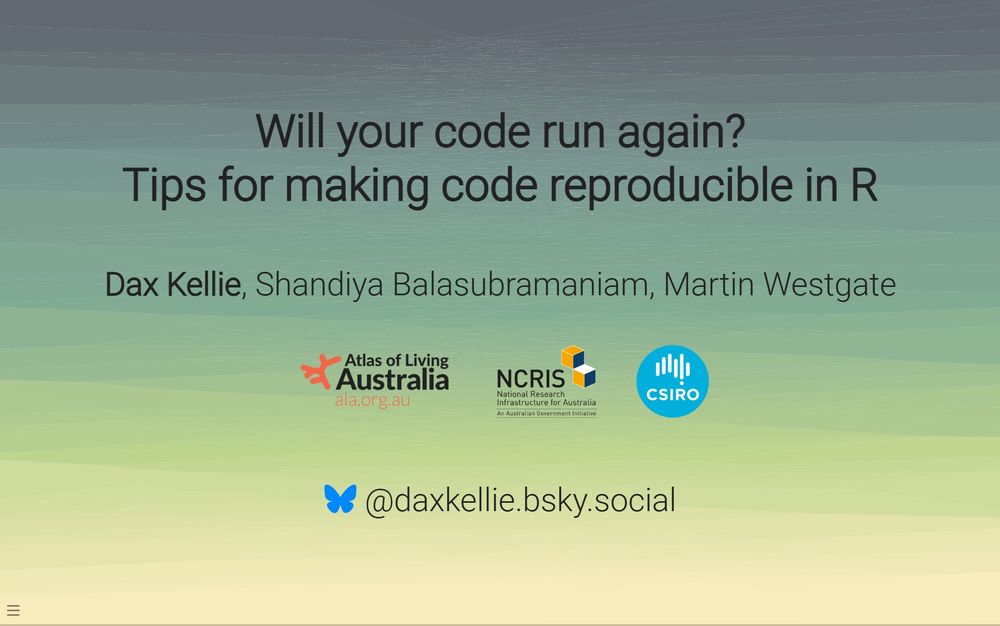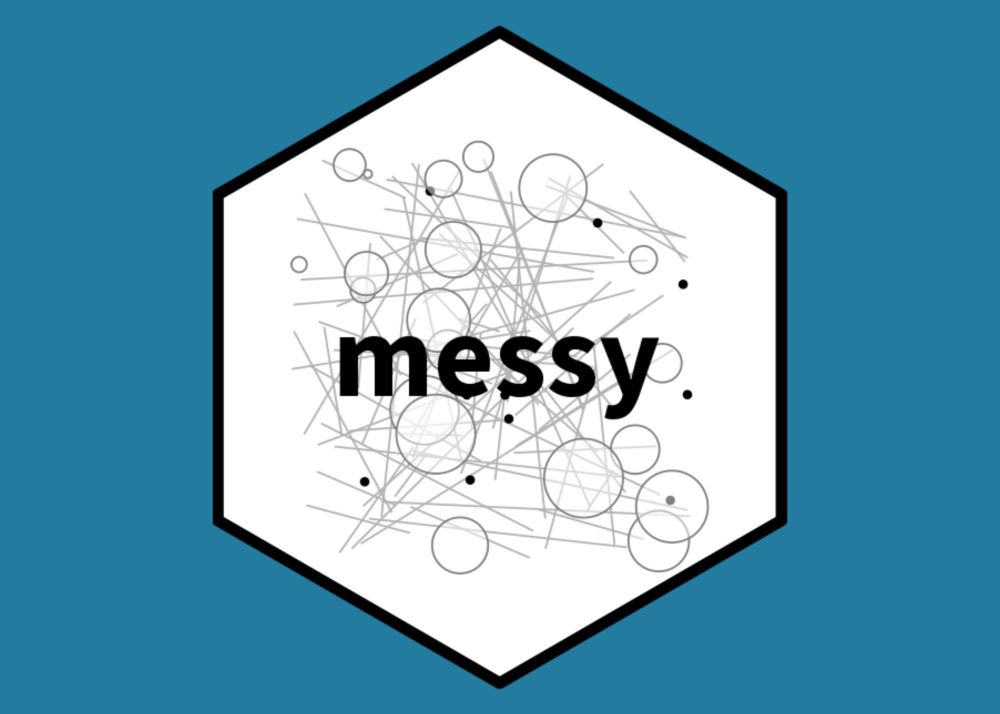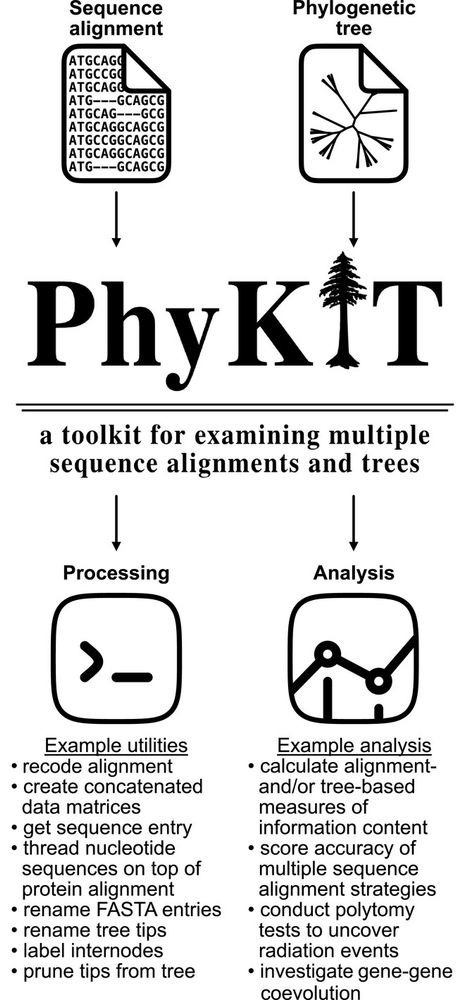Sounds pretty Cool!
10.08.2025 06:41 — 👍 1 🔁 0 💬 0 📌 0Lucas Moitinho-Silva
@lmoitinho.bsky.social
@lmoitinho.bsky.social
Sounds pretty Cool!
10.08.2025 06:41 — 👍 1 🔁 0 💬 0 📌 0Yeah, pretty exciting! Keep up the great work! Will definitely discuss in our next journal club.
12.12.2024 16:48 — 👍 1 🔁 0 💬 0 📌 0This is pretty cool! I am wondering why I am not seeing more bacterial scRNA studies. Maybe due to my biased metagenome bubble?
12.12.2024 09:13 — 👍 0 🔁 0 💬 1 📌 0
My new perspective article is out on the opportunities to use single-cell RNA-seq to better understand heterogeneity in bacteria! journals.asm.org/doi/10.1128/...
#mSphereofInfluence @asm.org #scRNA-seq #microsky

Title slide: Will your code run again? Tips for making code reproducible in R
If you missed my talk but still want to learn how to make your R code more reproducible, my slides are here 🙂:
daxkellie.quarto.pub/will-your-co...
All the links to packages and resources I mentioned are there, so hopefully this can be a nice reference, too!
#ESAus2024 #rstats #quartopub 🧪🌏

🎉 The {messy} package is now available on CRAN! 🎉
Read the introductory blog post here: nrennie.rbind.io/blog/introdu...
#RStats #StatsEd #DataScience
Re-upping this one. I have curated a playlist for molecular biology. Could be useful you are training undergrads in the lab.
04.12.2024 03:49 — 👍 38 🔁 12 💬 0 📌 0Great, thx for sharing!
28.11.2024 07:47 — 👍 1 🔁 0 💬 0 📌 0A common issue when learning new tools is that you normally don't know from where to begin. This could be your way into nextflow.
28.11.2024 07:47 — 👍 1 🔁 0 💬 0 📌 0
NEW Publication!😄
Here, we show how #PhyKIT — a broadly applicable toolkit for #phylogenomics — can be used to construct phylogenomic data matrices (& quantify biases therein), detect anomalies in predicted orthology, calculate gene-gene coevolution, & more!
🔗: tinyurl.com/yc5ja4xz
I made a starter pack for microbiome:
go.bsky.app/Fq36egy
Here’s a fun bunch 🙌 Let me know if you’d like to be added to it!
22.11.2024 19:32 — 👍 7 🔁 2 💬 4 📌 0
Bluesky for Science
Starter packs for genomics, bioinformatics, #Rstats, Nextflow. Moderation lists. Feeds. Let's rebuild the old scitwitter community and keep this place nice
blog.stephenturner.us/p/bluesky-fo... 🧬🖥️🧪